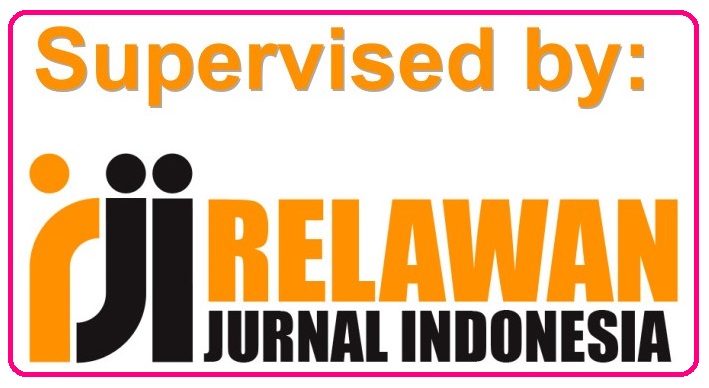A Review of Speech Act Theories Focusing on Searle (1969)
DOI:
https://doi.org/10.31849/elsya.v1i2.3529Keywords:
Speech Act, Linguistics Theory, Philosopher, Social Life, SearleAbstract
Before John Searle wrote the book of Speech Acts, he wrote an article about “What is a Speech Act?” (in Philosophy in America, Max Black, ed. (Ithaca, N.Y.: Cornell University Press, 1965), 221–239). He was born in Denver in 1932. He spent some seven years in Oxford, beginning as an undergraduate in the autumn of 1952 with a Rhodes Scholarship, and concluding as a Lecturer in Philosophy at Christ Church. He has spent almost all of his subsequent life as Professor of Philosophy in Berkeley according to Smith (2003). This article aims to review the speech act theories by Searle (1969) to know what the theories of speech acts according to him to aid researchers understand more on how to apply it in real social life. Moreover, this article’s references are accurate (valid) and they well argued. This article is highly recommended for the philosopher, specialists and analysts in the field of pragmatics, discourse analysis, sociolinguistics and conversational analysis, communication studies who have a significant part in this study. Therefore, this paper seen the speech act theories by Searle (1969) will be more effective if we know and understand more about the speech act theories by Searle (1969) to use it in real social life.
Downloads
Published
Issue
Section
License
- Author retains the copyright and grants Elsya Journal the right of first publication of the work simultaneously licensed under the Creative Commons Attribution-ShareAlike 4.0 License that allows others to share the work with an acknowledgment of the work's authorship and initial publication in this journal
- The author is able to enter into separate, additional contractual arrangements for the non-exclusive distribution of the journal's published version of the work (e.g., post it to an institutional repository or publish it in a book) with the acknowledgment of its initial publication in this journal.
- The author is permitted and encouraged to post his/her work online (e.g., in institutional repositories or on their website) prior to and during the submission process, as it can lead to productive exchanges, as well as earlier and greater citation of the published work (See The Effect of Open Access).












 Elsya Journal is licensed under
Elsya Journal is licensed under 